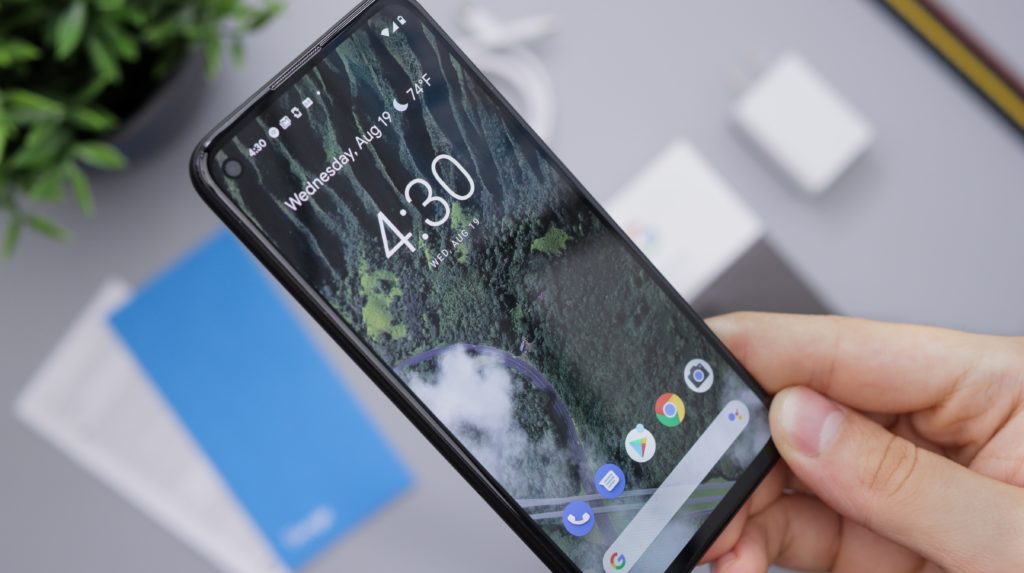Buying a smartphone can be an overwhelming experience, especially when faced with a sea of technical smartphone specifications. What’s the difference between RAM and storage? Is a higher resolution always better? How does the processor speed affect your user experience?
If these questions seem familiar, you’re not alone. iFixYouri is here to help demystify smartphone specifications, making it easier for you to make an informed decision when purchasing a new device.
Understanding Smartphone Specifications: RAM vs. Storage
RAM
RAM, or Random Access Memory, is a type of computer memory that allows data to be read and written. It essentially serves as your smartphone’s short-term memory – it temporarily stores the data your device needs right now and in the near future. The more RAM your phone has, the more data it can store for quick access, which means more apps running smoothly in the background.
Every app that you open, every website that you browse, and every song that you play gets stored in RAM temporarily. It handles the current processes, tasks, and data needed by your device right now and in the near future. This is why when you are switching between apps, the ones that you’ve recently opened reload quickly – they’re already stored in the RAM.
The more RAM your phone has, the more data it can store for quick access, which translates into more apps running smoothly in the background. This prevents the phone from slowing down or freezing, especially when running multiple heavy applications simultaneously. So, if you’re someone who multitasks a lot on your phone or plays memory-intensive games, having a device with a larger RAM capacity would be beneficial for a smoother experience.
Storage
The digital cupboard of your smartphone, known as storage, functions as its long-term memory. It stores and preserves your photos, videos, apps, music, files, and other types of data for future use. In terms of a workspace analogy, while RAM serves as the desk for immediate file access, storage represents the entire room where completed files or those not immediately required are stored.
Moreover, the total storage capacity of your smartphone determines how much data it can hold in the long term. This encompasses applications, text messages, contacts, photos, songs, videos, and other forms of data. Thus, having more storage allows you to keep a larger number of files, install more apps, capture more photos, and download more music or videos.
Additionally, it’s important to acknowledge that not all of your phone’s storage is usable. Some space is occupied by the phone’s operating system and pre-installed apps. Consequently, the actual available space on a new smartphone is less than its advertised storage capacity.
Therefore, if you’re a heavy user who frequently downloads apps, captures high-resolution photos and videos, or enjoys storing a music or movie collection on your phone, you may want to consider acquiring a phone with greater storage capacity or one that supports expandable storage through a microSD card.
All About Display: Screen Size and Resolution
Screen Size
Screen size refers to the length of your smartphone’s display from one corner to the other, measured diagonally. The size you choose largely depends on personal preference. Some people prefer a larger screen for activities like watching videos or gaming, while others might prefer a smaller size for ease of use with one hand.

Resolution
Resolution refers to the number of pixels contained on a display, represented by the width and height. It’s what makes the display on your smartphone look crisp and sharp. The higher the resolution, the more details can be displayed on the screen.
Smartphone Specifications: Understanding Processor and Clock Speed
Processor
The processor, or CPU (Central Processing Unit), is essentially the brain of your smartphone. It carries out the instructions of a computer program by performing basic arithmetical, logical, and input/output operations. The more powerful your processor is, the faster your smartphone can process data.
Clock Speed
Clock speed measures the number of cycles your CPU executes per second, measured in gigahertz (GHz). A higher clock speed means your smartphone can process instructions at a faster rate. However, a higher clock speed also means your device may heat up quickly and consume more power.
This is an overview of some of the main specifications you’ll encounter when buying a smartphone. But remember, while specs do matter, they don’t tell the whole story. The user experience is also heavily influenced by the way your device’s software and hardware work together. It’s always a good idea to read reviews and get hands-on experience with a device before buying it.
